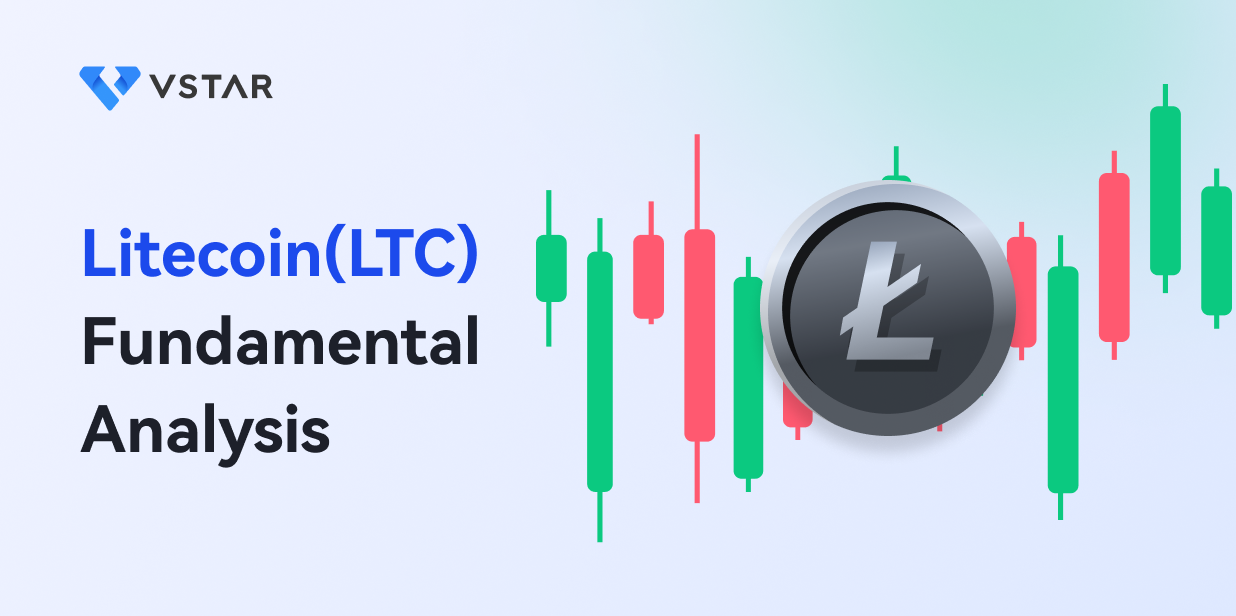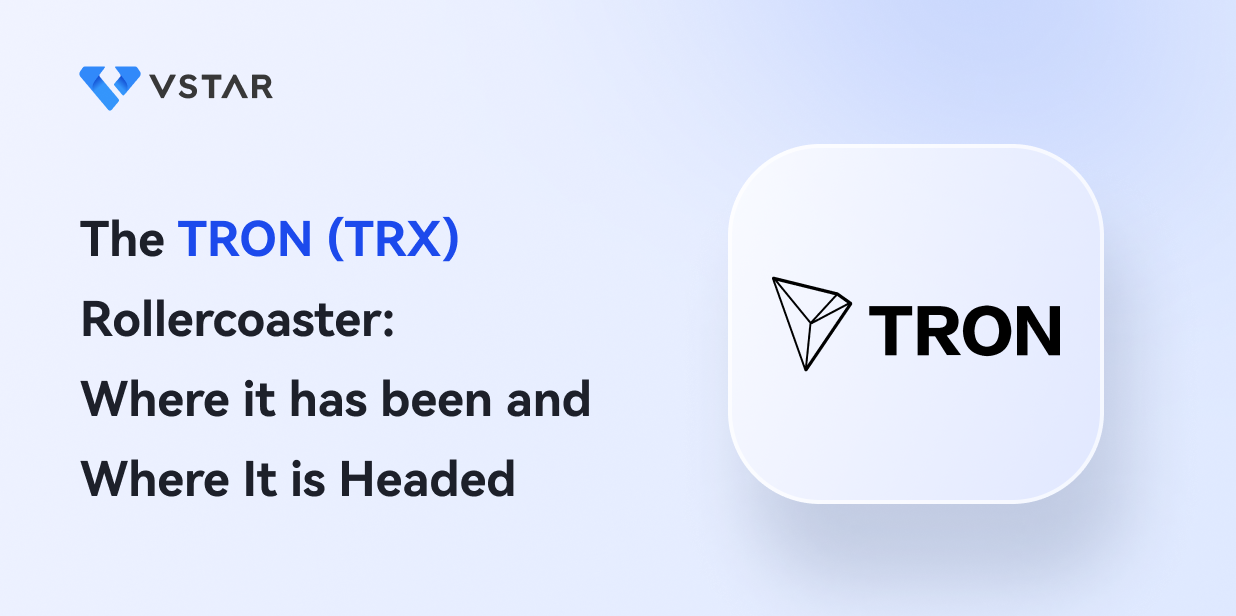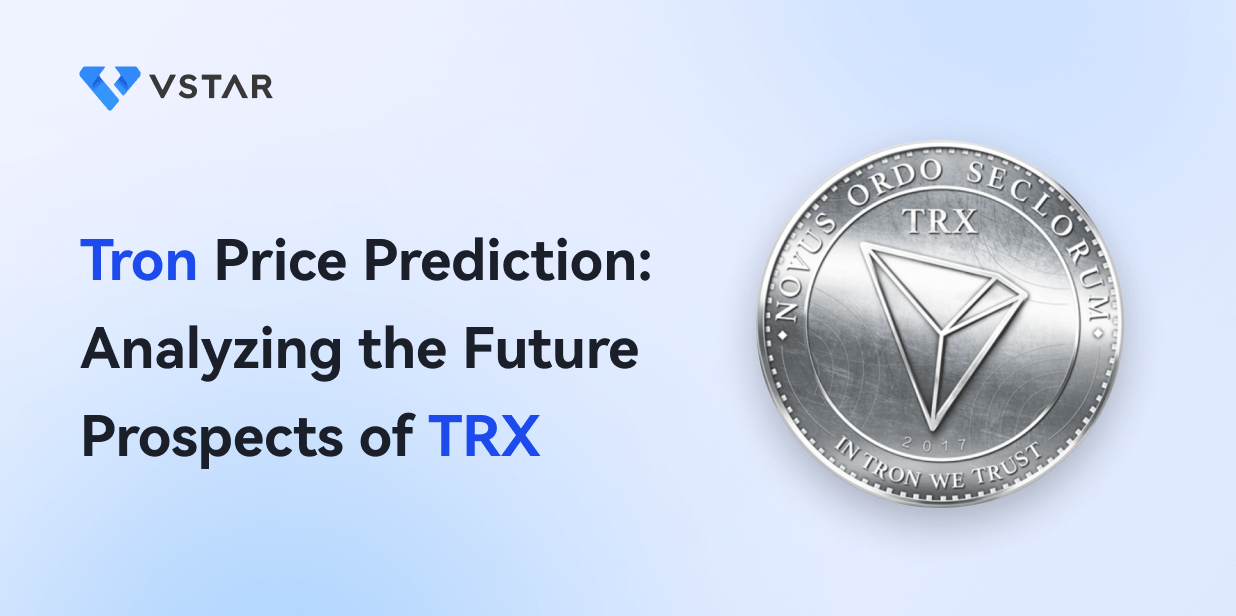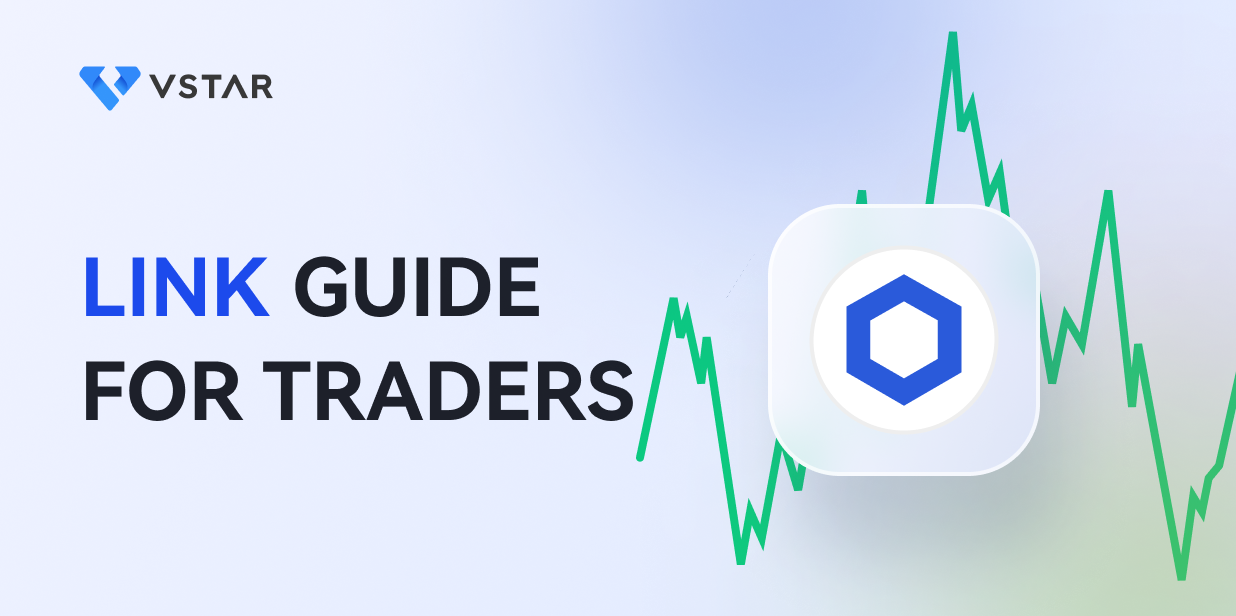Litecoin (LTC) is an open-source peer-to-peer (P2P) cryptocurrency network that allows users to send payments worldwide. It was founded in 2011 by former Google engineer Charlie Lee as a fork of Bitcoin (BTC) to improve on three main issues, i.e. centralization, speed and scalability. It’s the second-oldest cryptocurrency after Bitcoin and is often popular among those looking for an alternative.
So what makes Litecoin unique? It enables instant (fast) and near-zero (affordable) global payment. The Scrypt proof of work algorithm is also considered much safer than the hashing algorithms used by most cryptocurrencies. Besides, its transparent blockchain allows anyone to verify transactions. Currently, LTC is ranked as the 13th cryptocurrency, with a live total market capitalization of $6,259,373,537 and a circulating supply of 72,989,370.733 coins.
As a trader or an investor, it’s vital to understand fundamental analysis to help you know Litecoin’s prospects and potential for growth. That is exactly what this post covers.
Strengths and Opportunities
1. Faster transaction times than Bitcoin
Litecoin is technically similar to Bitcoin, but it prioritizes transaction speed. It’s one of Litecoin’s key advantages. Litecoin aims to process a block every 2.5 minutes, while Bitcoin processes a block every 9 minutes: Litecoin transactions are four times faster than Bitcoin.
For this reason, Litecoin emerges as the best choice for businesses or merchants that rely on small and quick transactions.
2. Significant market liquidity and trades on all major exchanges
Litecoin has substantial market liquidity, and daily trading volume is higher compared to most cryptocurrencies. As a result, it’s easier to buy and sell Litecoin due to its stability and decreased volatility in the market.
Additionally, great liquidity helps reduce risk in the market, making it a more reliable investment option.
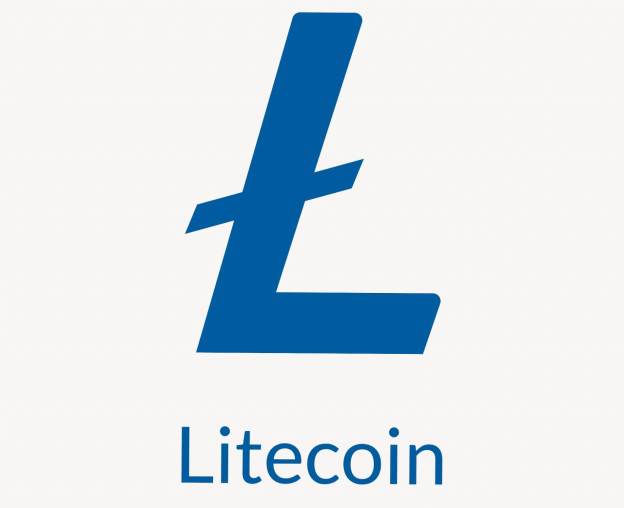
3. Growing interest from merchants and payment processors
In recent years, Litecoin has seen increased adoption by mainstream institutions like BitPay, NordVPN, Oxio, AT&T and AMC Theater. Also, its partnership with Miami Dolphins and UFC raised its profile.
Litecoin’s application in addressing real-world issues still attracts interest from merchants and payment processors. Thanks to its improved security, lower transaction fees and faster transaction periods.
4. Becoming more decentralized over time
One of the important things investor, most crypto investors, consider while investing in a cryptocurrency is decentralization. A more decentralized coin has desirable features like better security, privacy, the potential for growth and resistance to inflation.
In addition, with a decentralized network, it’s faster and cheaper to make transactions, and there is a reduced risk of manipulation and control. As a result, it enhances investor confidence in the integrity of the network. It’s an entirely decentralized network: only users have control and authority over their money.
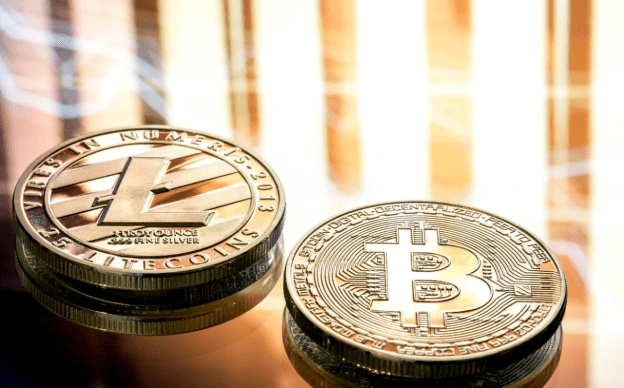
5. Deployment of MimbleWibble and Taproot privacy protocols
The MimbleWibble and Taproot privacy protocol aims to improve transaction privacy between senders and receivers, thus allowing confidential transfers of Litecoin. It also enhances the anonymity features of the network.
Considering that privacy is one of the most sort out features by crypto users, Litecoin may attract more users and speculators, leading to an increased price of LIT.
6. It has a strong team and community.
Over its year of existence, Litecoin has built a strong team of developers and dedicated a large community based on principles of decentralization and innovation. The community constantly promote decentralization and supports the implementation of scaling solutions. Also, Litecoin’s developers are continually working to improve the protocol and build new features that make the network more user-friendly, secure and efficient. It’s one of the factors that make Litecoin an ideal investment.
Weaknesses and Threats
1. High Correlation with Bitcoin
To date, Bitcoin is the principal cryptocurrency; therefore, other major altcoins like Litecoin follow its price trend. Besides, Litecoin borrows or adopts Bitcoin’s original open-source code, thus making it similar to Bitcoin.
For instance, if Bitcoin’s price falls, Litecoin’s price also falls and vice versa. For this reason, the link to Bitcoin’s price threatens Litecoin’s value and independence. This is because Litecoin isn’t attractive to investors as Bitcoin is.
2. Lagging merchant and consumer adoption compared to other major cryptocurrencies and traditional payment methods
Despite Litecoin's existence for nearly a decade, it hasn’t gained much popularity and use cases like Bitcoin and Ethereum. It simply implies its utility is still not much accepted in the broader economy and threatens long-term growth potential.
Additionally, there is a need for increased adoption from more merchants and individuals for Litecoin to become a widely used cryptocurrency that competes with the existing traditional payment options. Notably, this adoption will likely take longer.
3. Regulatory risks
The regulatory framework around cryptocurrencies is constantly evolving: various governments around the world are planning on how to regulate cryptocurrencies. It’s true if you say regulations can play a significant role in the crypto space in terms of protecting investors and enhancing a wide industry legitimacy.
However, in case of adverse laws and regulations, it could negatively impact Litecoin’s price and development. For instance, in a highly regulated crypto environment, valuable projects and investors will be excluded meaning a lot of money is channeled to other investments in different industries.
4. Development largely dependent on Charlie Lee and Litecoin Foundation
Charlie Lee is the founder of Litecoin and director at Litecoin Foundation, a community-led organization that promotes the accessibility, adoption and development of LTC. Charlie is also an influential individual in the Litecoin community. Suppose Charlie departed or leadership issues arose, it would undermine confidence in the contributors, and backers would need to work mitigating this risk.
Key Metrics to Monitor
If you plan to invest in LTC, especially trading, here are 5 key metrics you should regularly check.
1. Number of unique Litecoin addresses and transactions
Want to know the health and growth of the Litecoin network that predominantly affects the price of LTC in the market? There is no better way to go about it than monitoring the number of unique and active addresses. Also, check on the number of transactions and the value transacted daily.
The increased number of active addresses and transactions indicates a growth in Litecoin’s adoption, which will positively impact LTC’s price to a higher valuation. Conversely, reduced numbers of transactions and addresses show less interest in mainstream adoptions and signal a potential LTC price fall.
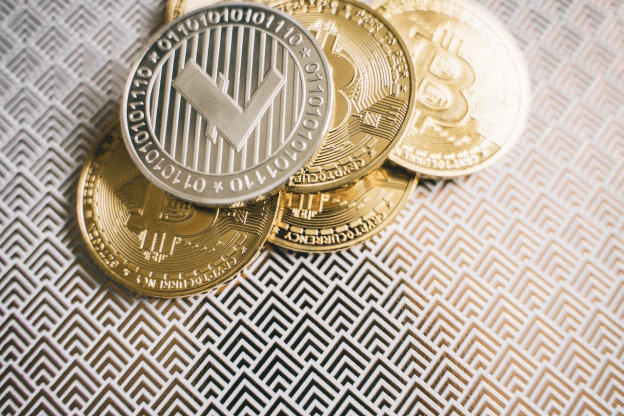
2. The ratio of Litecoin hashrate to Bitcoin’s
A higher ratio shows stronger security of the Litecoin hashrate relative to Bitcoin’s hashrate, indicating a healthier network decentralization and reduced threats of attack. A higher hashrate also means Litecoin can be generated much faster than Bitcoin. Notably, a rise in the hash rate is often followed by a rise in the price of the underlying asset due to network effects.
3. The volume of Litecoin processed by merchant payment processors
It’s good to track the growth of Litecoin payments accepted by payment processing companies like BitPay, CoinCheckout and others. Volume is a metric that helps you track the interest of investors and traders and determine Litecoin’s market demand.
Usually, rising volumes highlight progressive mainstream usage and merchant adoption of Litecoin. In return, it tends to strengthen LTC’s value in the market. On the contrary, low volumes depict less interest among merchants and could negatively impact LTC’s price.
4. Changes in Litecoin’s roadmap and key releases
The technological progress of a coin’s network often impacts its price or overall valuation in the market. Therefore, monitoring Litecoin’s development schedules and announcements is good for gauging technological progress.
For instance, delays and cancellations in releases such as MimbleWimble implementation could negatively affect LTC’s price. On the other hand, an announcement of milestones achieved, like a successful major network upgrade, will boost LTC’s price and enthusiasm among the community.
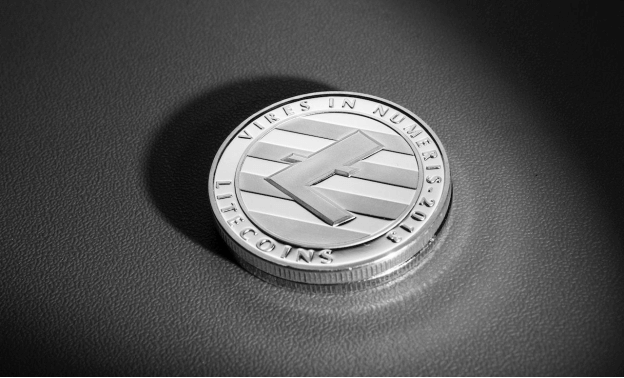
5. Investment in the Litecoin project
Investment into Litecoin projects is another significant metric you should monitor. It helps you determine whether interest from individuals, VCs and institutions is growing in Litecoin’s projects. High trading volume and increased funding show investors believe in Litecoin’s long-term potential growth. Consequently, it strengthens the network’s valuation and LTC’s price in the market.
On the other hand, little funding or massive selling by investors (pulling out of the market) shows investors have little faith in its potential growth. As a result, it can lead to a strong downtrend in the market.


Final Thought
From the recent CoinGate’s Q1, 2023 statistics, Litecoin emerged as the 4th most popular payment cryptocurrency trailing behind Bitcoin (BTC), Ethereum (ETH) and Tether (USDT). Considering the competition in the market, Litecoin is doing relatively well compared to other cryptocurrencies. Additionally, there is much to look forward to including LTC halving and MWEB upgrade that could impact LTC’s prices.
You could take advantage of some of LTC’s market price fluctuations and profit from it through LTC CFD trading. It allows you to take positions in both a rising and falling market. Click here to learn more about crypto CFD trading.







